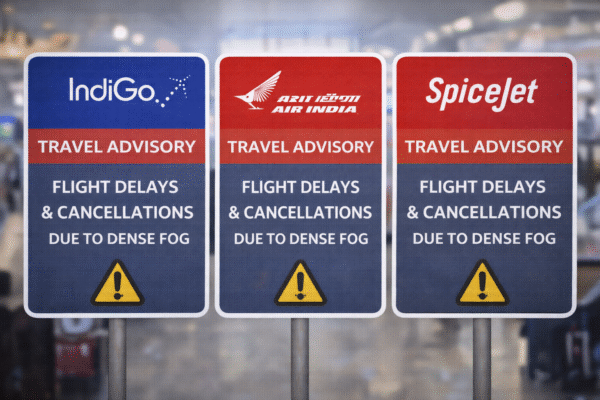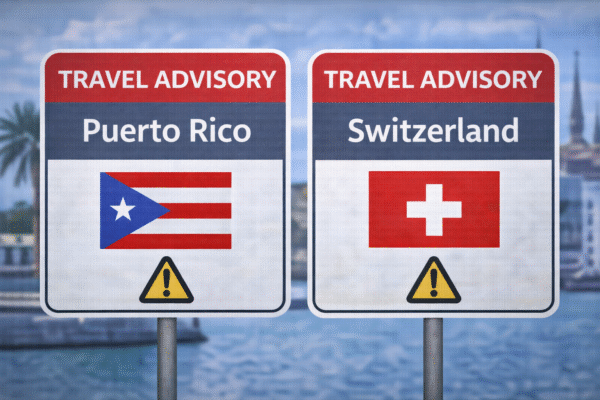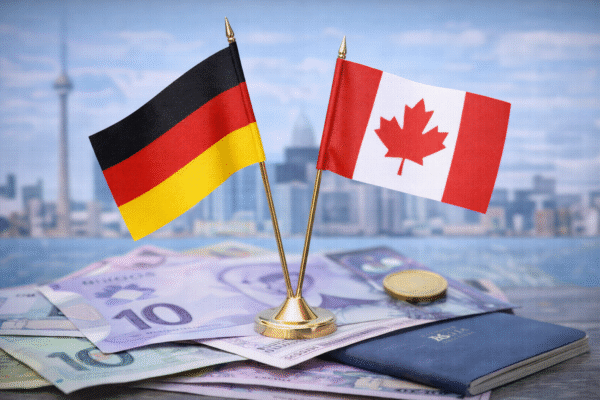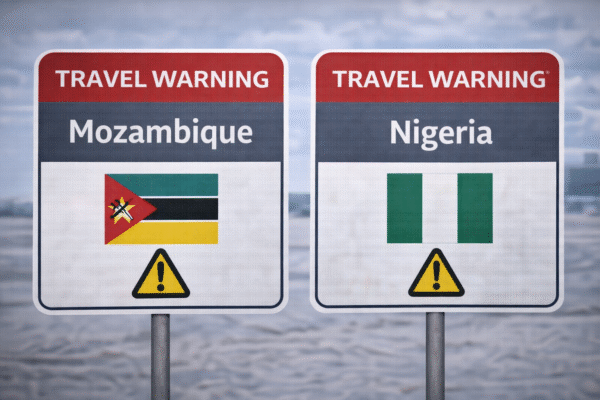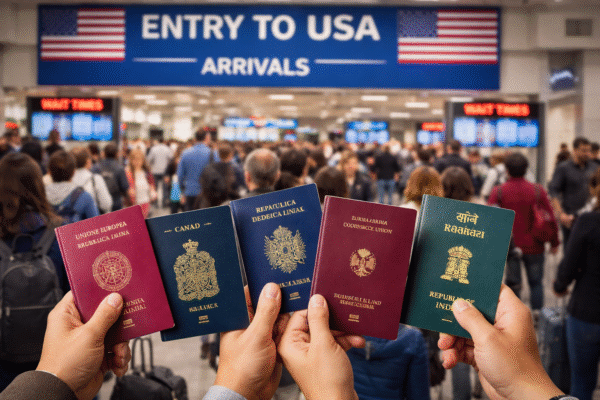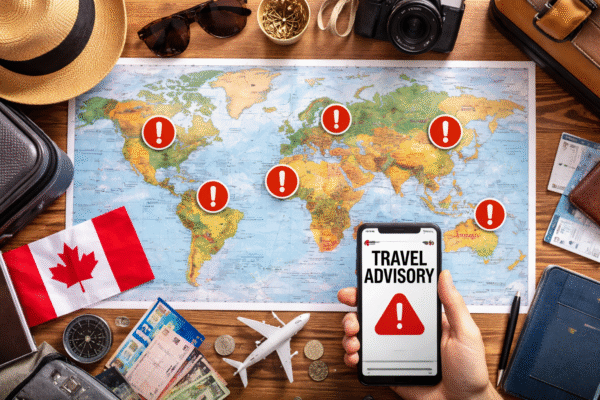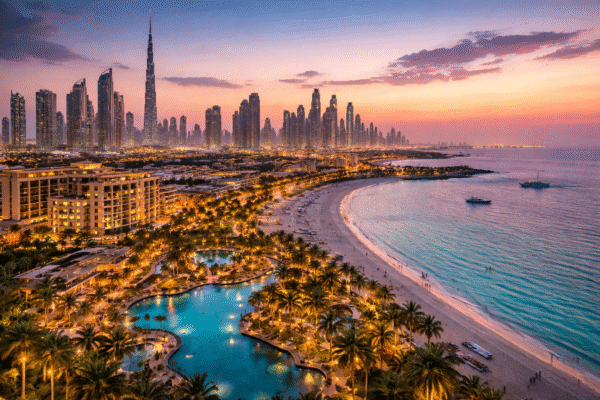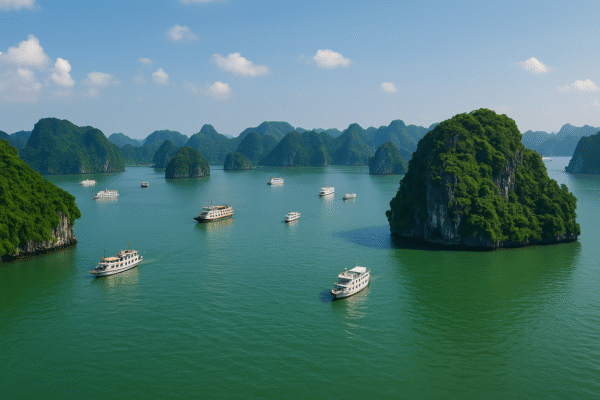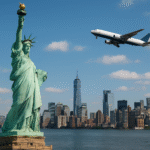Vietnam Surpasses Tourism Expectations in 2025, Emerging as Asia-Pacific’s Fastest-Growing Travel Destination
HANOI, Vietnam – July 14, 2025 — Vietnam has firmly established itself as a regional tourism powerhouse in 2025, setting new benchmarks for growth and international arrivals across the Asia-Pacific. Bolstered by sweeping visa reforms, robust global marketing campaigns, and a resilient economy, the country welcomed 10.7 million foreign tourists in the first six months of the year—an unprecedented 26% increase over the same period in 2019.
According to Vietnam’s General Statistics Office, the national economy posted a GDP growth of 7.52% for H1 2025—the highest in over a decade. Tourism contributed significantly to this performance, with the services sector growing by 8.14% and accounting for more than half of Vietnam’s total GDP value. This resurgence places Vietnam at the forefront of the global travel recovery following the COVID-19 pandemic.
International Arrivals Outpace Regional Peers
Data from the UN World Tourism Organization’s (UNWTO) World Tourism Barometer reveals Vietnam posted a 30% growth in international arrivals during Q1 2025—outpacing regional rivals like Japan, Thailand, and Palau. This growth also earned Vietnam a sixth-place ranking globally for visitor volume and the second-highest growth rate in comparison to 2019 pre-pandemic levels.
In June alone, 1.46 million overseas visitors entered Vietnam, solidifying the nation’s momentum as a sought-after destination for travelers worldwide.
China and South Korea Drive Inbound Visitor Surge
Tourist arrivals from China and South Korea continue to anchor Vietnam’s tourism growth. China led all markets with 2.7 million arrivals (25.6% of total), followed by South Korea with 2.2 million (20.7%). These two countries combined accounted for nearly half of all international arrivals during the first half of the year.
Other top source markets included:
- United States: 449,000 visitors
- Japan: 393,000 visitors
- Cambodia: 360,000 visitors
Emerging markets such as India, Malaysia, Australia, and Russia also showed strong inbound growth.
Regional Growth Patterns Highlight Vietnam’s Tourism Appeal
Within Asia, Vietnam saw a 44.2% increase in Chinese visitors, a 41% jump in arrivals from India, and a 17.2% rise from Japan. Notably, the Philippines posted a 105% increase, while arrivals from Cambodia rose by 55.6% and Laos by 35.8%. The only exception was South Korea, which experienced a minor 3.2% decline.
Europe, too, demonstrated robust recovery. Russia led with a staggering 139.3% increase in tourist arrivals compared to 2019, while double-digit gains were observed from major markets including the UK, France, Germany, Italy, and Spain. This resurgence was aided by relaxed visa policies and well-executed destination campaigns targeting European travelers.
Visa Policy Reforms Fuel Growth
Vietnam’s aggressive tourism expansion owes much to its government’s travel-friendly visa reforms. As of early 2025, the country has expanded its e-visa program to include over 80 countries and extended visa validity for multiple nationalities. These changes significantly reduced travel barriers and encouraged longer stays among inbound visitors.
Additionally, the Ministry of Culture, Sports and Tourism launched high-impact promotional campaigns across key markets such as India, South Korea, and Western Europe. Partnerships with airlines, online travel agencies, and digital influencers further boosted Vietnam’s global visibility.
“Vietnam is not only welcoming more travelers than ever, but we are also elevating the quality and diversity of the visitor experience,” said Nguyen Trung Khanh, Director General of the Vietnam National Authority of Tourism (VNAT).
Airline Connectivity and Infrastructure Expansion
Vietnam’s aviation sector has also played a pivotal role. National carrier Vietnam Airlines and low-cost carriers like Vietjet and Bamboo Airways have expanded international routes, particularly from India, Australia, and the Middle East. New direct flights from Delhi, Sydney, Dubai, and Frankfurt are helping to close connectivity gaps and support sustained tourism growth.
In parallel, Vietnam’s government has fast-tracked infrastructure upgrades at key airports including Tan Son Nhat (Ho Chi Minh City), Noi Bai (Hanoi), and Da Nang International Airport to accommodate the rising influx of travelers.
Year-End Targets and Outlook
Looking ahead, Vietnam is targeting 22 to 23 million international tourists by the end of 2025. The upcoming high travel season—spanning from October to December—is expected to generate strong momentum, aided by ongoing marketing efforts, cultural festivals, and expanded flight schedules.
Industry stakeholders remain optimistic. “Vietnam’s blend of heritage, affordability, and natural beauty is now paired with modernized travel infrastructure and efficient border procedures,” said Le Tuan Anh, Deputy Director of the Tourism Marketing Department. “That makes Vietnam an unbeatable choice for 2025 and beyond.”
Geo-Tagging Highlights for Tourism Growth
- Hanoi – Capital and administrative center, key for inbound tourism data collection
- Ho Chi Minh City – Business hub and major entry point for international travelers
- Da Nang – Central coastal city popular for beach and heritage tourism
- Ha Long Bay – UNESCO World Heritage site, major attraction for group tours
- Phu Quoc Island – Rising luxury and wellness destination with new flight links
Conclusion
Vietnam’s record-breaking tourism performance in 2025 is the result of decisive government action, strong economic fundamentals, and a world-class travel offering. As it cements its position as the leading travel destination in Asia-Pacific, Vietnam is redefining the future of tourism in the region—resilient, strategic, and globally competitive.
For more travel news like this, keep reading Global Travel Wire




